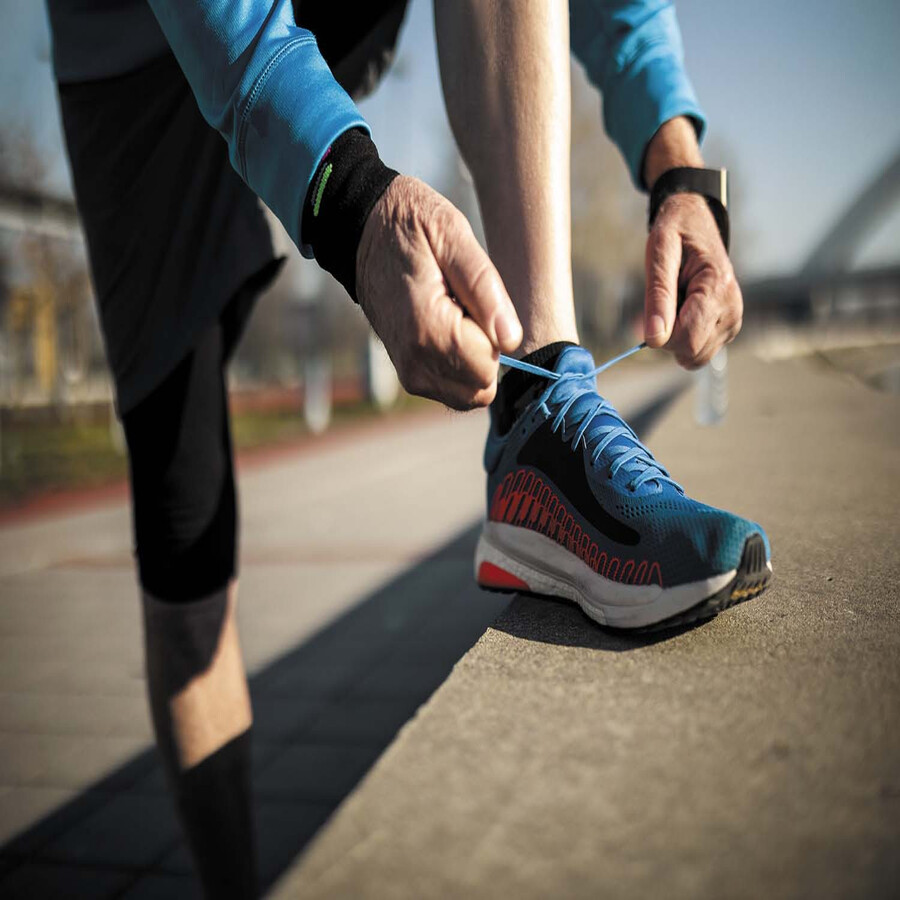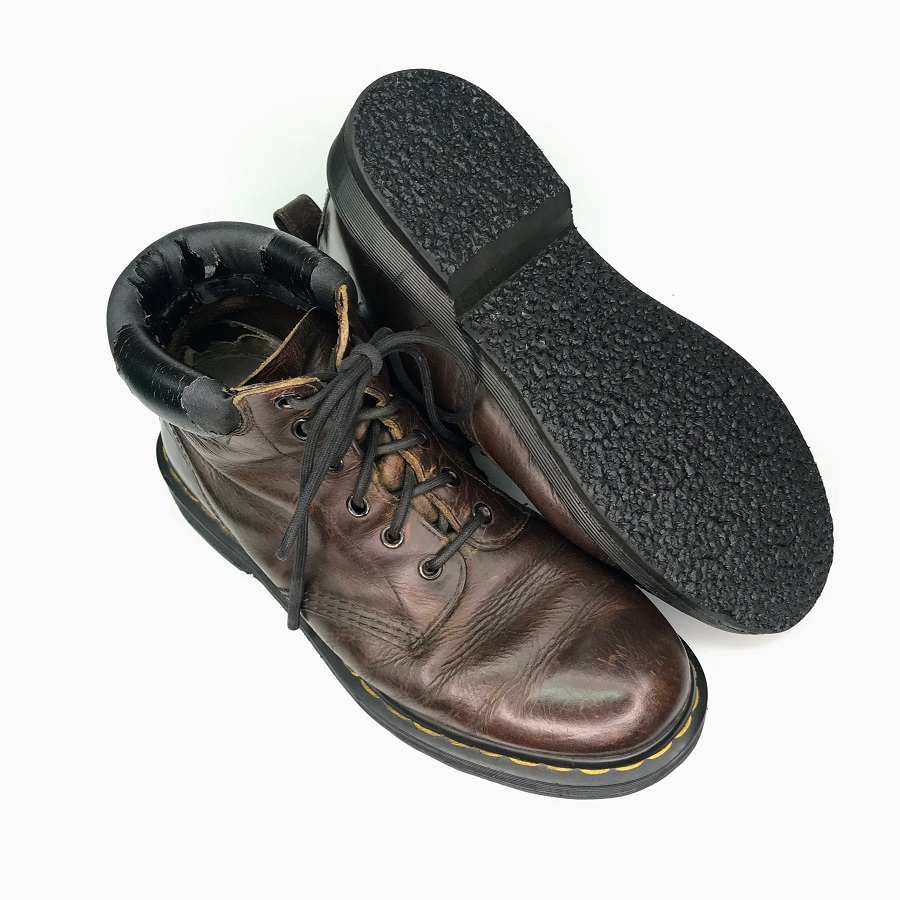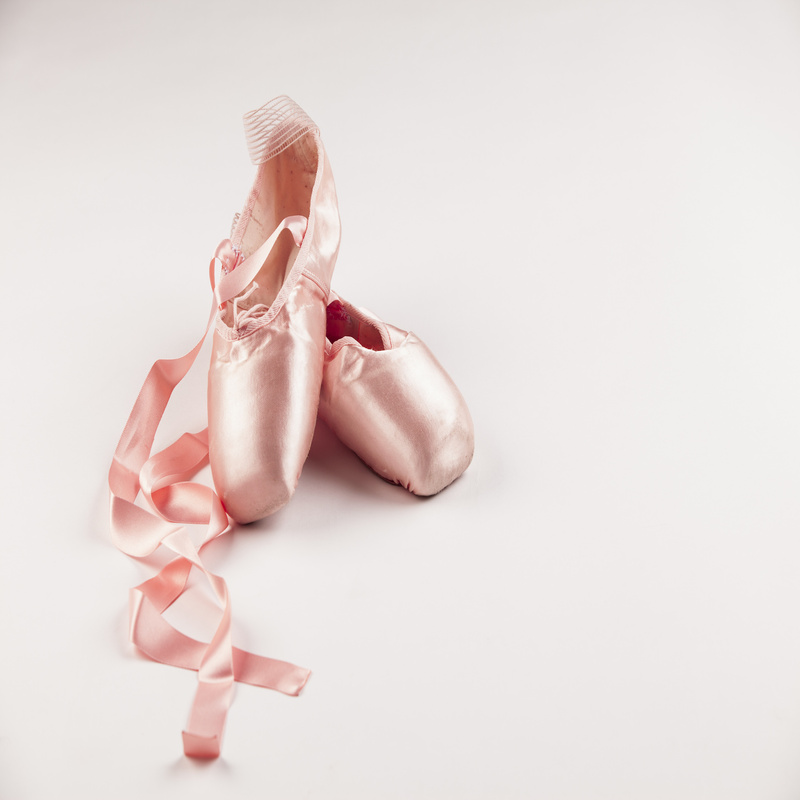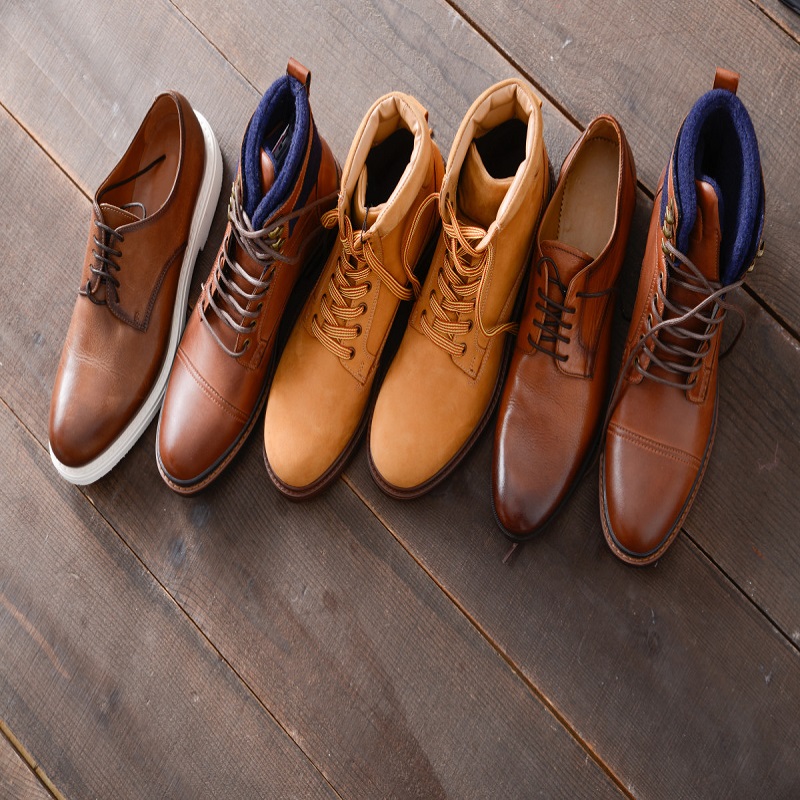Running shoes are essential for providing support, cushioning, and performance during runs. However, like all gear, they have a limited lifespan. Knowing when to replace them is crucial for maintaining performance and preventing injuries. Consequently, understanding the factors that influence the lifespan of running shoes can help you make informed decisions. Therefore, this comprehensive guide explores how long running shoes are good for, considering various factors, signs of wear, and tips for prolonging their life. By delving into these aspects, you can ensure a better running experience.
Factors Influencing the Lifespan of Running Shoes
Several factors influence how long running shoes can maintain their effectiveness. Understanding these factors helps determine when it’s time for a replacement. Therefore, exploring these influencing factors is essential.
Mileage and Usage
One of the primary determinants of a running shoe’s lifespan is the mileage and usage. Most running shoes are designed to last between 300 to 500 miles. The exact duration depends on the shoe’s build quality, the running surface, and the runner’s weight and gait. If you run frequently on rough terrains, your shoes may wear out faster compared to running on smoother surfaces. By understanding how mileage and usage impact the lifespan, you can monitor your running habits to anticipate when replacement is needed. Therefore, recognizing the importance of tracking mileage is crucial.
Running Surface
The type of surface you run on significantly affects the longevity of your running shoes. Running on hard surfaces like concrete or asphalt can cause faster wear and tear compared to softer surfaces like grass or dirt trails. Trail running shoes, designed for rugged terrains, may last longer in such environments but can degrade quickly if used on hard pavements. By understanding the impact of running surfaces, you can choose appropriate shoes and anticipate how long they will last. Therefore, recognizing the influence of surface type is essential.
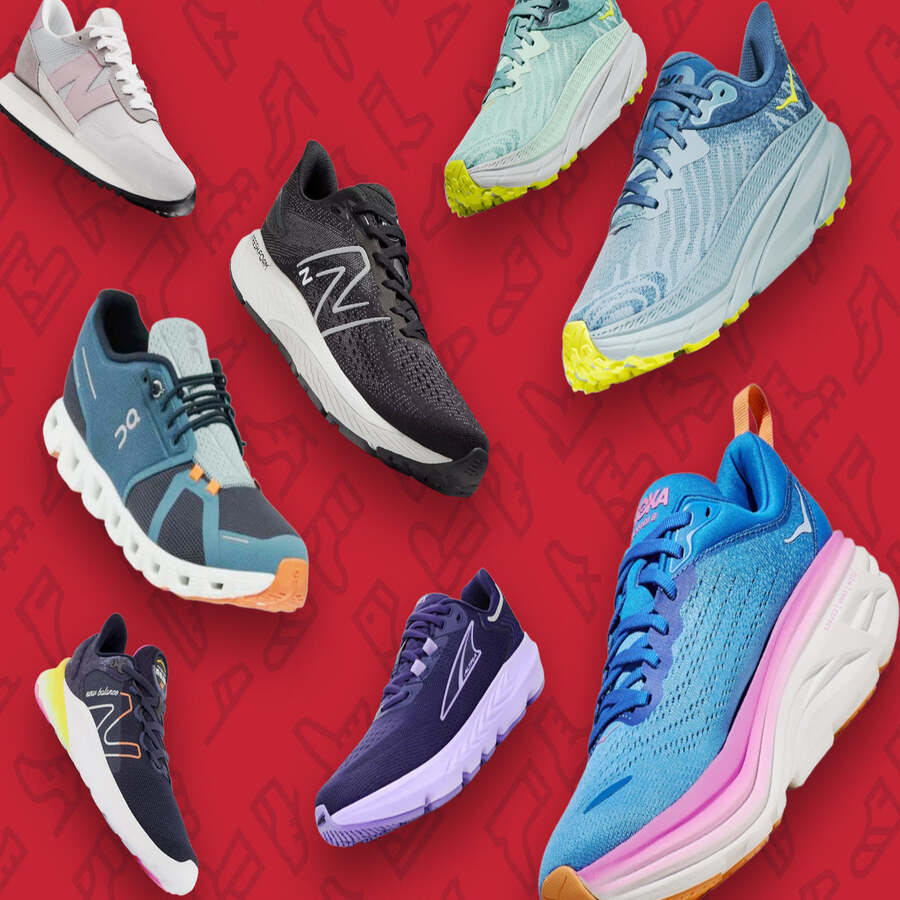
Signs That Your Running Shoes Need Replacement
Identifying the signs indicating that your running shoes need replacement is crucial for maintaining effective support and cushioning. Understanding these signs helps replace your shoes at the right time. Therefore, exploring common signs of wear is essential.
Decreased Cushioning
One of the most noticeable signs that your running shoes need replacement is decreased cushioning. Over time, the midsole material, which provides cushioning and shock absorption, compresses and loses its ability to rebound. This can lead to increased impact on your joints and muscles, resulting in discomfort and potential injuries. If you start feeling more pressure or pain in your feet, legs, or knees, it might be time to retire your current pair. By understanding the importance of cushioning, you can ensure your shoes provide adequate protection. Therefore, recognizing decreased cushioning as a sign of wear is crucial.
Outsole Wear and Tear
Another clear indicator is visible wear and tear on the outsole of your running shoes. The outsole is the part of the shoe that makes direct contact with the ground. As it starts to show significant signs of wear, such as worn-out treads or thinning material, the shoe loses its traction and stability. This can lead to slips and falls, especially on wet or uneven surfaces. Regularly inspecting the outsole for signs of excessive wear can help determine when it’s time for a new pair. By understanding the importance of outsole integrity, you can maintain safe and effective running shoe. Therefore, recognizing outsole wear as a sign of replacement is essential.
Upper Material Deterioration
The upper material of running shoes, which encases your foot, also shows signs of aging over time. Look for fraying, holes, or stretched fabric that no longer provides a snug fit. As the upper material deteriorates, it can affect the overall support and stability of the shoe, increasing the risk of injuries. A compromised upper may not hold your foot securely, causing discomfort and potential blisters. By understanding the importance of the upper material’s condition, you can ensure your shoes offer proper support. Therefore, recognizing upper material deterioration as a sign of wear is crucial.
Tips for Prolonging the Life of Your Running Shoes
Maintaining and extending the lifespan of your running shoes involves adopting certain practices. Understanding these tips helps maximize the durability of your shoes. Therefore, exploring ways to prolong shoe life is essential.
Rotating Multiple Pairs
One effective way to prolong the life of your running shoes is by rotating multiple pairs. This practice allows each pair to have adequate recovery time between runs, helping the midsole materials to decompress fully. Additionally, rotating shoes can reduce the overall mileage on any single pair, extending their effective lifespan. Having different shoes for various running conditions, such as trail and road running, can also minimize excessive wear. By understanding the benefits of shoe rotation, you can enhance the durability of your running footwear. Therefore, recognizing the importance of multiple pairs is crucial.
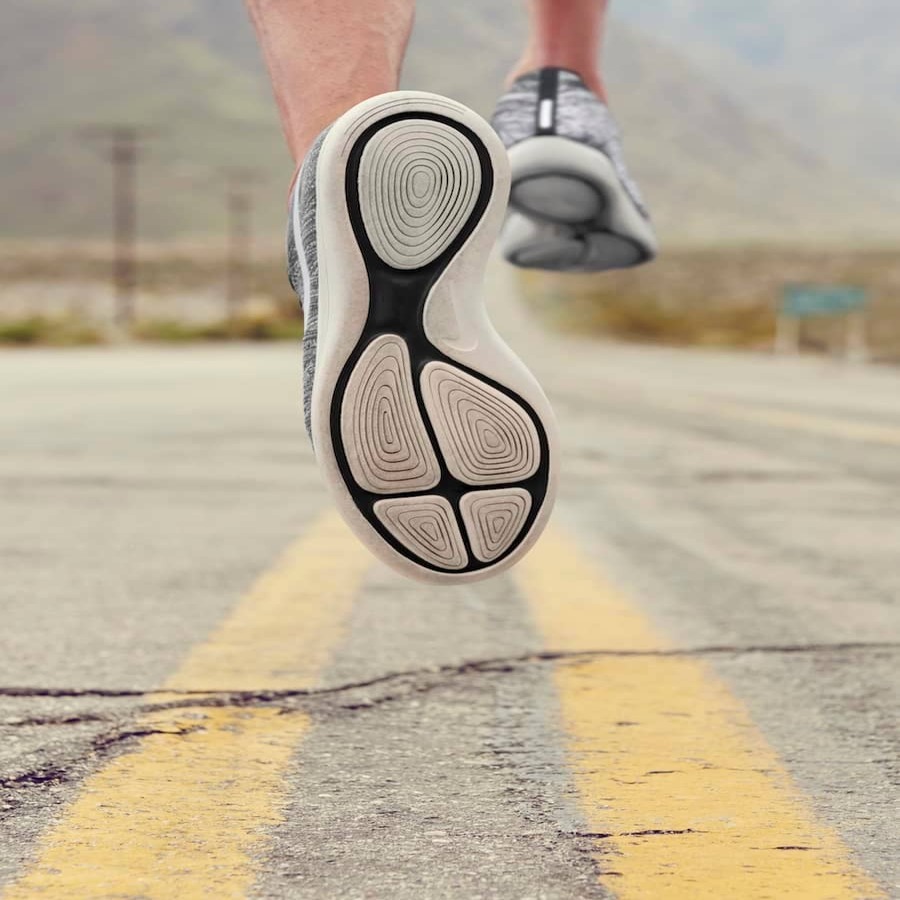
Proper Storage
Proper storage of your running shoes can significantly impact their longevity. Avoid leaving your shoes in extreme temperatures, such as direct sunlight or a cold garage, as this can degrade the materials. Instead, store your shoes in a cool, dry place with good ventilation. Removing insoles to let them air out and drying your shoes completely after wet runs can prevent moisture-related damage. Avoid using direct heat sources for drying, which can warp and damage the shoes. By understanding proper storage practices, you can preserve the condition of your running shoe. Therefore, recognizing the value of care and storage is essential.
Regular Cleaning
Regular cleaning can help maintain the appearance and functionality of your running shoes. Remove dirt, mud, and debris from the outsole and upper material after each run. Hand washing with mild soap and water is preferred, as machine washing can be too harsh. Allow your shoes to air dry naturally, avoiding direct heat sources. Keeping your shoes clean prevents the build-up of materials that can wear down the fabric and soles. By understanding the importance of regular cleaning, you can ensure your shoes remain in good condition. Therefore, recognizing the value of cleanliness is crucial.
Addressing Common Questions About Running Shoe Lifespan
Understanding common questions about running shoe lifespan provides additional clarity and guidance. Knowledge of these answers ensures better preparation and confidence. Therefore, exploring common questions is essential.
Can I Keep Using Old Running Shoes for Casual Wear?
A common question is whether old running shoes can be repurposed for casual wear. Yes, old running shoes that no longer provide adequate support for running can still be used for casual activities. However, they may not be suitable for long walks or other high-impact activities where support is essential. Repurposing them for gardening, errands, or light exercise can extend their usefulness. By understanding how to repurpose old running shoe, you can maximize their value. Therefore, recognizing the appropriate use of old shoes is crucial.
How Do I Know If I Have the Right Running Shoes?
Another common question is how to determine if you have the right running shoe. The right running shoes should fit snugly but comfortably, without causing any pain or pressure points. They should offer adequate support for your foot type, whether you have a neutral, overpronation, or underpronation gait. The shoe’s cushioning and structure should align with your running style and typical running surfaces. Consulting with a professional at a specialty running store can help find the right fit. By understanding the importance of the right running shoe, you can enhance your running experience. Therefore, recognizing the value of proper fitting is crucial.
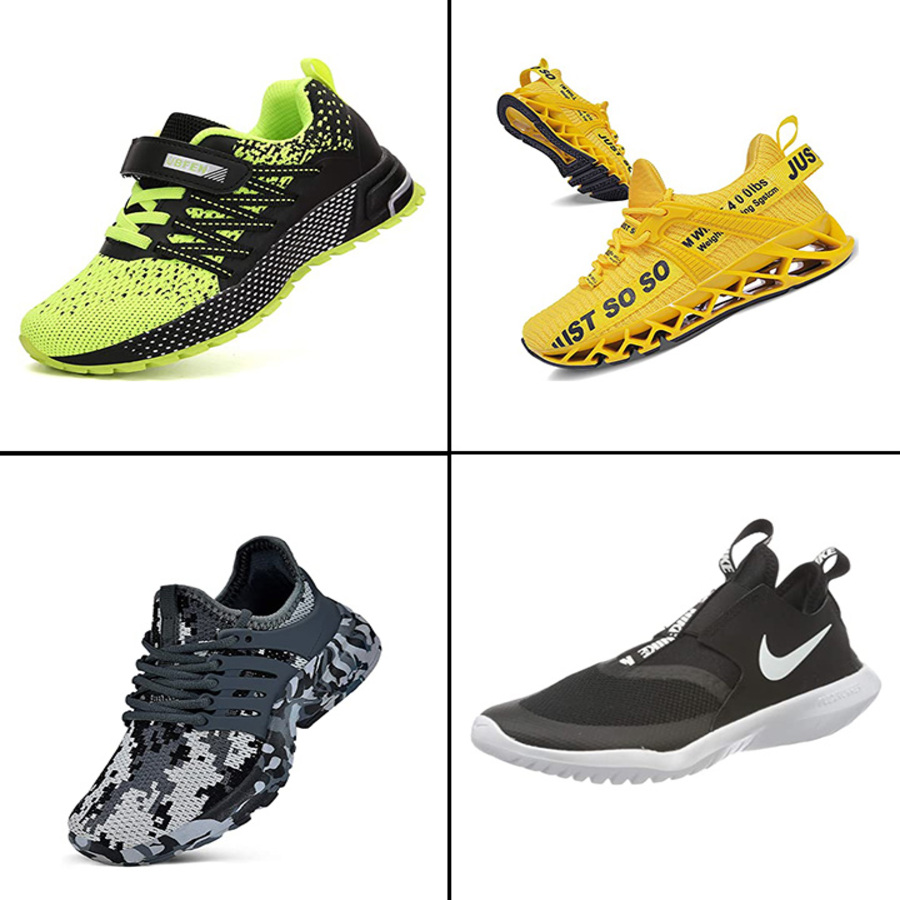
Addressing Common Misconceptions About Running Shoe Lifespan
Addressing common misconceptions about running shoe lifespan provides accurate information and dispels concerns. Clarifying misunderstandings ensures an informed perspective. Therefore, this section explores common misconceptions about running shoe lifespan.
Misconception: Running Shoes Last Forever
A common misconception is that running shoes last forever. All running shoes have a finite lifespan due to the wear and tear from regular use. Even high-quality running shoes need replacement after reaching their mileage limit. Ignoring this can lead to discomfort and increased injury risk. By understanding the finite nature of running shoe lifespan, you can prioritize timely replacements. Therefore, dispelling this misconception highlights the importance of regular maintenance.
Misconception: Expensive Shoes Last Longer
Another misconception is that expensive running shoes inherently last longer. While higher-priced running shoes may offer better materials and advanced technology, their lifespan still depends on usage, running surfaces, and maintenance. All running shoes will wear out over time, and price alone doesn’t determine their durability. By understanding the factors influencing shoe lifespan, you can make informed purchasing decisions. Therefore, dispelling this misconception emphasizes the value of usage and care.
Conclusion: Ensuring Optimal Performance with Timely Running Shoe Replacement
Ensuring optimal performance involves understanding the lifespan of running shoe, recognizing signs of wear, and adopting maintenance practices. Proper knowledge of these aspects ensures that you can enjoy a safe and effective running experience.
Exploring key elements such as mileage, running surfaces, common signs of wear, and practical maintenance tips provides valuable insights. Recognizing the importance of regular inspections, proper storage, and addressing common questions enhances overall understanding and execution.
By engaging with these elements, runners can confidently maintain their running shoe, ensuring they provide the necessary support and cushioning. Therefore, whether you are a novice or an experienced runner, understanding how to care for and replace running shoes offers practical and valuable insights. Embrace the opportunity to enhance your running performance, knowing you have the knowledge and resources for optimal footwear maintenance!
